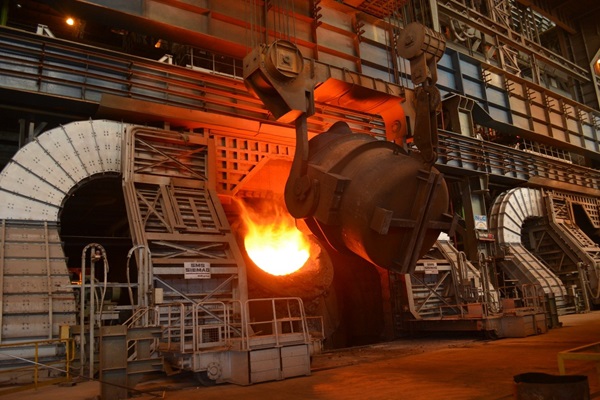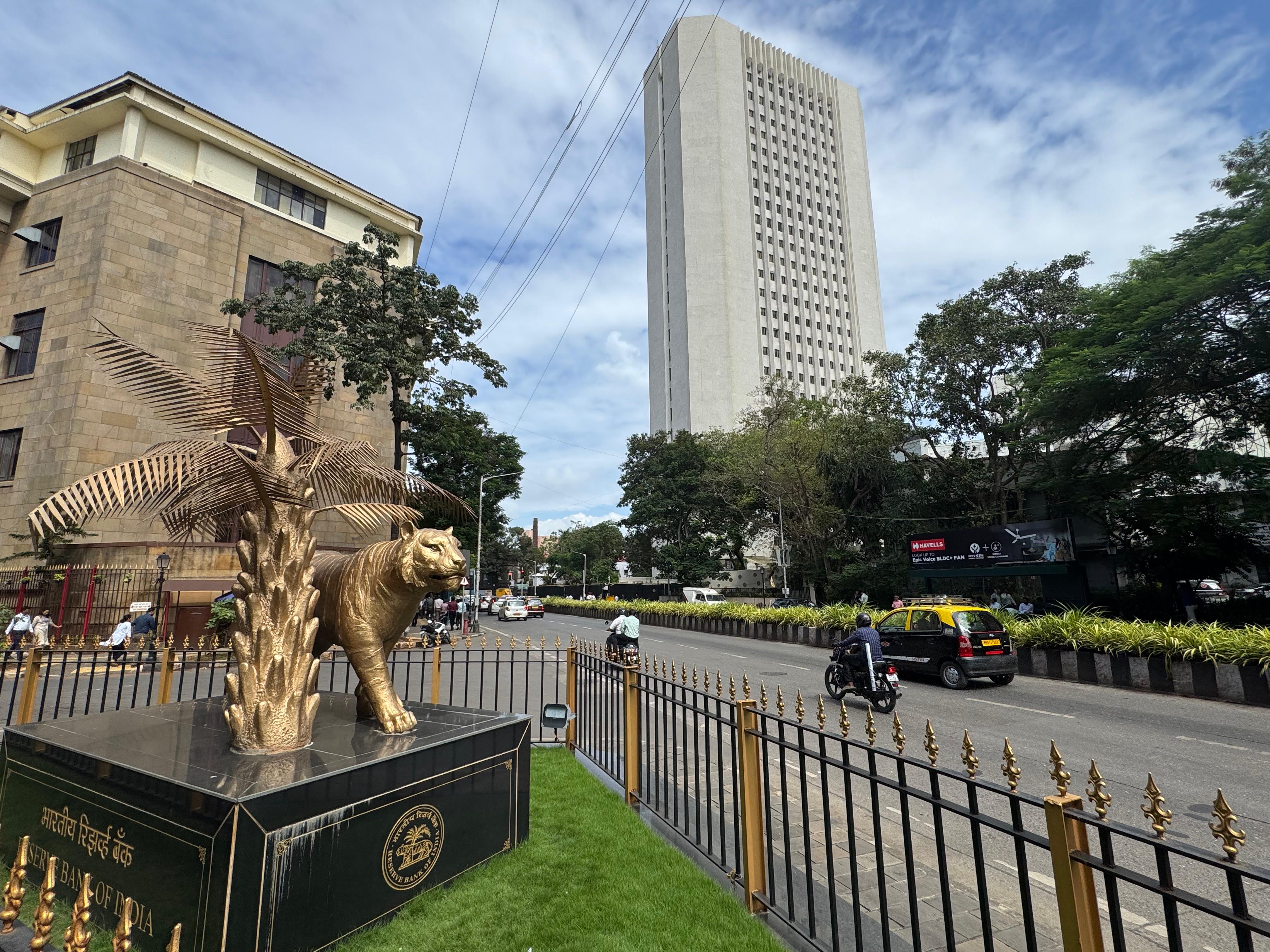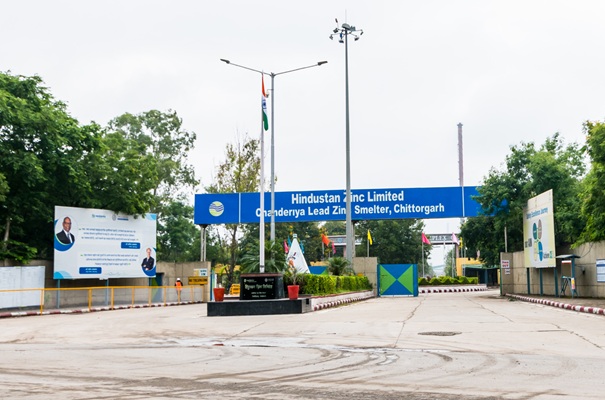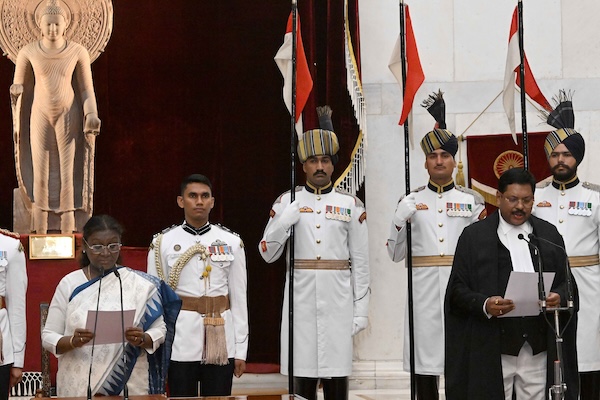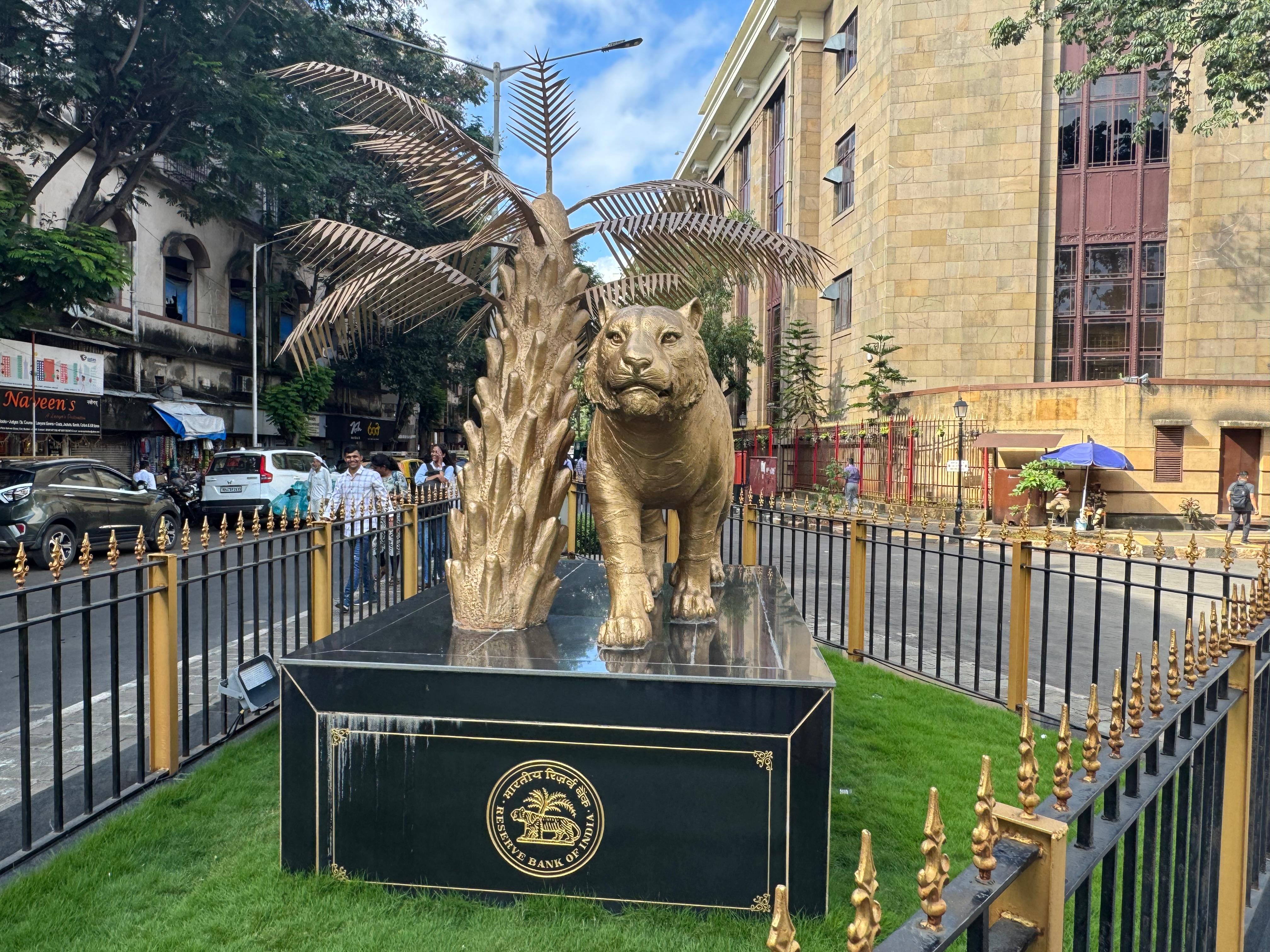.png)
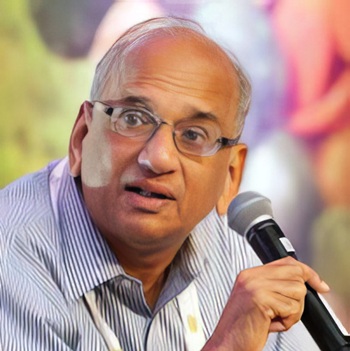
By G. Chandrashekhar
Chandrashekhar is an economist, journalist and policy commentator renowned for his expertise in agriculture, commodity markets and economic policy.
July 21, 2025 at 7:27 AM IST
Steel is a ‘growth commodity’, vital to the backbone sectors of any industrial economy. In India, this foundational metal underpins infrastructure, construction, mobility and defence, making it central to the country’s development story. The government has now set its sights high: ramping up domestic steelmaking capacity to 300 million tonnes by 2030–31, a 50% jump from current levels. While the vision aligns with India’s economic ambitions, the challenges ahead are steep and multifaceted.
Capacity paradox
India’s steel production has been rising steadily. In 2024, the country produced about 150 million tonnes of crude steel, making it the world’s second-largest producer after China. Finished steel capacity rose from around 151 million tonnes in 2022–23 to over 170 million tonnes in 2023–24, with actual production during the year reaching close to 139 million tonnes. Domestic consumption, too, is growing strongly, reaching 136 million tonnes last year on the back of infrastructure investments and urban expansion.
Yet, even with this upward trend in output, India’s imports of finished steel have been rising sharply. In 2023–24, imports surged past 8.3 million tonnes, nearly double the volume from two years earlier. Most of this came from China, South Korea, Japan and Vietnam. This presents a paradox: a country with growing domestic capacity and consumption is still importing more steel. Some of this may be explained by quality and grade gaps, or more attractive global prices, but it points to underlying competitiveness issues within the domestic sector.
Material stress
Steel in India is a deregulated sector. Prices are driven by market forces, and the government plays a supportive role through schemes like the Production Linked Incentive for specialty steel and regulatory tools such as quality control orders, import monitoring systems and anti-dumping duties. These instruments have helped at the margins, but the bigger challenge lies beneath: raw material access, energy inputs, logistics, and environmental readiness.
The most immediate concern is iron ore. To support a 300 million tonne capacity, India would need around 450 million tonnes of iron ore annually. In 2023–24, domestic production was 277 million tonnes, of which 46 million tonnes were exported and about 5 million tonnes imported, leaving just 236 million tonnes for domestic consumption. This is already well below what future capacity will require, and much of the available ore is low-grade and will need costly beneficiation.
Coking coal dependency is even more acute. India imports the bulk of its coking coal, and meeting 2030 targets could require as much as 160 million tonnes annually from overseas sources. This level of import reliance, in a world marked by geopolitical volatility and supply chain risk, creates significant vulnerability for steelmakers.
Add to this the financing challenge. Steel plant expansion demands enormous capital not only for plant and machinery but also for associated infrastructure—transport links, energy and water supply, and environmental safeguards. Larger producers may be able to raise this capital, but small and mid-sized firms may struggle, risking a skewed industry structure dominated by a handful of players.
Green equation
Steel is one of the most carbon-intensive industries, and a rapid scale-up in capacity cannot ignore the climate costs. Future production must align with India’s broader decarbonisation path. This means incorporating low-carbon technologies, increasing scrap usage, piloting green hydrogen processes, and deploying carbon capture methods. India’s climate commitments will come under scrutiny as the steel sector grows.
There is also the broader question of demand sustainability. While domestic consumption has so far kept pace with capacity, global steel demand is showing signs of fatigue. Several major markets are saturated, and international steel supply is already in surplus. If Indian demand does not keep pace with capacity, the risk of underutilised plants and depressed margins looms large.
India’s steel sector is on solid footing, with steady growth and policy support. But delivering 300 million tonnes of capacity by 2030–31 will require more than momentum. It demands a strategic response on raw materials, financing, environmental standards and industry structure. Without deep alignment between central and state efforts, and closer cooperation between the public and private sectors, the gap between ambition and reality could widen.
The destination is clear. The path needs urgent attention.
